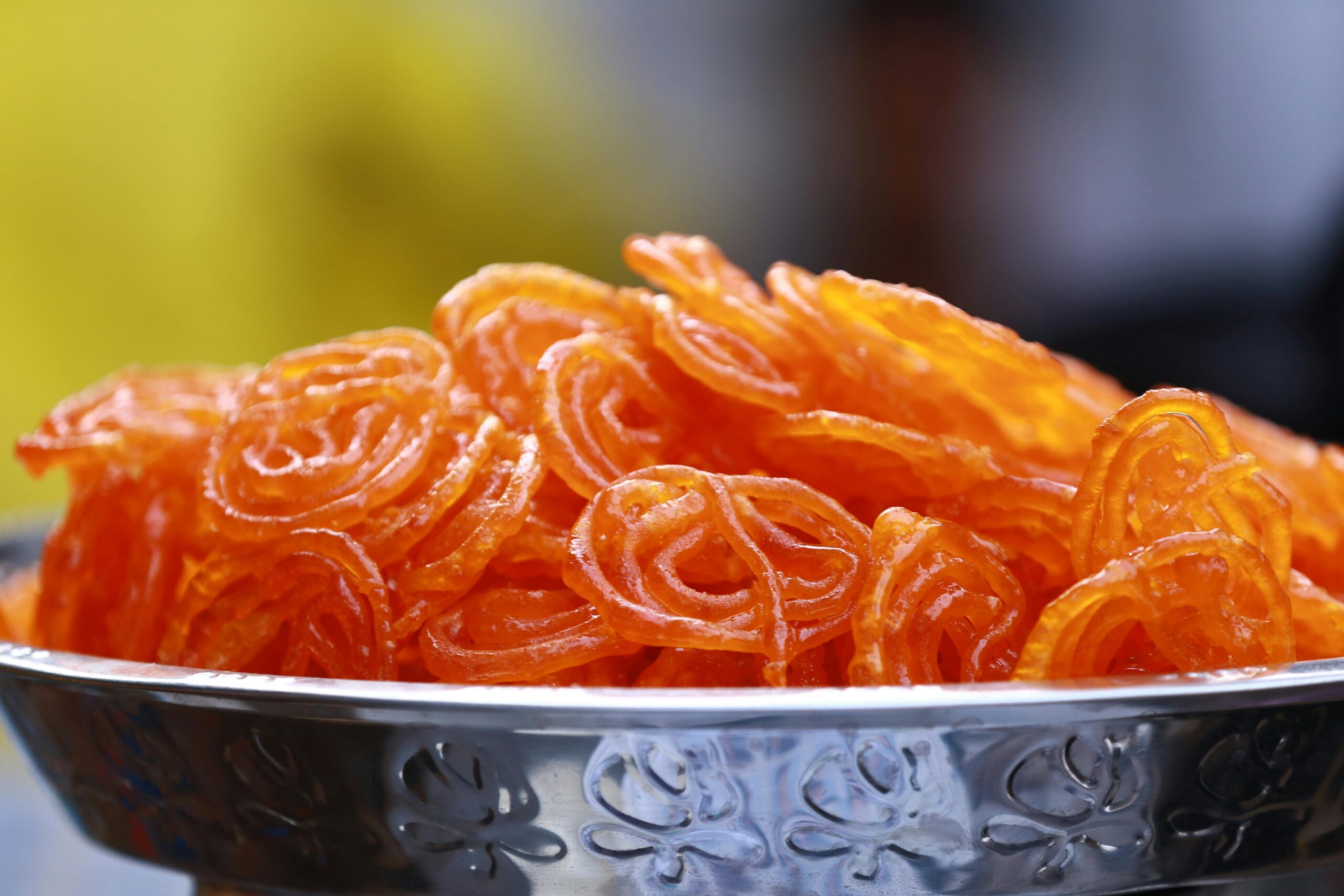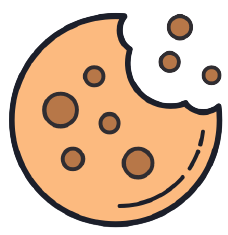US has banned eight artificial food dyes due to their harmful effects and Europe has curbs in place too. How safe are our hues?
Jalebi! Just the word is enough to give one a sugar rush. But ever thought what gives it that orange-yellow hue? No, it’s not saffron since that’s quite pricey; it’s often a food color called Sunset Yellow FCF.
Sunset Yellow (also known as Yellow 6) is a petroleum-based azo-dye, a class of synthetic dyes with nitrogen in their molecular structure that make up more than half of the commercial dyes used globally. It’s also one of eight dyes used globally. It’s also one of eight dyes that the US decided to ban last week.
FDA commissioner noted that American kids fed on candies, cereals, and beverages that contain such dyes “have been increasingly living in a toxic soup of synthetic chemicals.”
In India too, the food color market has exploded. It’s there not just in packaged goods but in restaurant dishes like tandoori chicken and spices. Last year. Karnataka banned the uses of artificial dyes after it found Rhodamine B, usually used for garments, in gobi Manchurian, and cotton candy. Tamil Nadu followed suit after lab tests found the same toxic textile dye in cotton candy and other food items.
“Increased consumption of processed and packaged foods over recent decades have expanded the food colorant market globally and in India. These additives are there in most packaged foods and are frequently used by street vendors, restaurants and small food establishments to enhance the visual appeal of food.”
“Color remains one of the most important visual cues for the sensory aspect of food.” Apart from visual appeal, research indicates that food coloring greatly influences flavor expectations in our brain before we taste food. Besides, synthetic colors can be manufactured in large quantities and at lower cost compared to natural alternatives.
COLORS TO BE WARY OF:
These cheap additives have no nutritive value and can cause long-term health risks that we are only beginning to fathom. “Red 40, Yellow 5 and Yellow 6 trigger allergic responses and potentially harbor cancer-causing impurities. Research also indicates possible toxic implications from Blue 1 and Blue 2.”
Red 40, Yellow 5 and Yellow 6 are dyes that carry the highest risk, especially if consumed excessively. “Children, pregnant women, and those with allergies or asthma are particularly vulnerable to these risks. The risk level increases with chronic exposure, as seen in populations with high processed food consumption.”
HAVE WHOLE FOODS INSTEAD:
The Food Safety and Standards Authority of India (FSSAI) does regulate the use of food dyes, specifying permissible colors and maximum allowed concentrations. “But enforcement and monitoring remain inconsistent, with reports of non-permitted dyes and adulteration still occurring, especially in unorganized sectors and street foods.”
“We need stricter surveillance, regular testing, and public awareness campaigns to ensure the quality and safety of food dyes in the Indian market.”
The FDA and European Food Safety Authority (EFSA) guidelines notwithstanding, the combined impact of multiple synthetic dye- containing products poses clear health risks with frequent consumption, especially among kids. “Some dyes need to be banned immediately, including Red 3 (linked to animal carcinogenicity), Red 40 and Yellow 5 (causing hyperactivity in kids). It’s difficult to agree with the industry’s claim that dyes are safe within FDA’s acceptable daily intake (ADI) limits. Govt regulators need to consider phasing out these dyes not, just like the US, and urgently warn the public about their harmful effects.”
So, should one avoid all colored foods? A small amount of that brightly colored icing on the cake or that odd jalebi is unlikely to cause major harm but the thing to keep in mind is that almost all these foods also come loaded with sugar. “Removing artificial dyes from the diets of kids diagnosed with Attention-Deficit-Hyperactivity order (ADHD) or behavioral challenges may lead to improved symptom management. Whole, minimally processed foods will safeguard the well-being of children and adults alike.”
COMMON FOOD DYES AND THEIR HEALTH RISKS:
- Yellow 5 (Tartrazine): Skin rashes, asthma, and hyperactivity in kids. Constant exposure can up cancer risk.
- Yellow 6 (Sunset Yellow FCF): Allergic reactions. Can also negatively impact men’s reproductive health.
- Red 40 (Allura Red AC): Allergic responses and hyperactivity.
- Red 3 (Erythrosine): Can disrupt thyroid hormone regulation and increase thyroid tumor risks, may have negative impacts on the brain.
- Red 10 (Carmoisine): Long-term exposure found to damage DNA in animal studies. Negative effect on kidney and liver functions even in smaller doses.
- Blue 1 (Brilliant Blue FCF): Neurotoxicity, hyperactivity in kids, especially those with ADHD, allergic reactions on skin or asthma, gastrointestinal discomfort.
- Blue 2 (Indigo Carmine): Tumors, particularly brain gliomas, in animal studies.
- Green 3 ( Fast green FCF): Risk of bladder and testes tumor in animal studies. May cause genetic mutations and allergic reactions.





